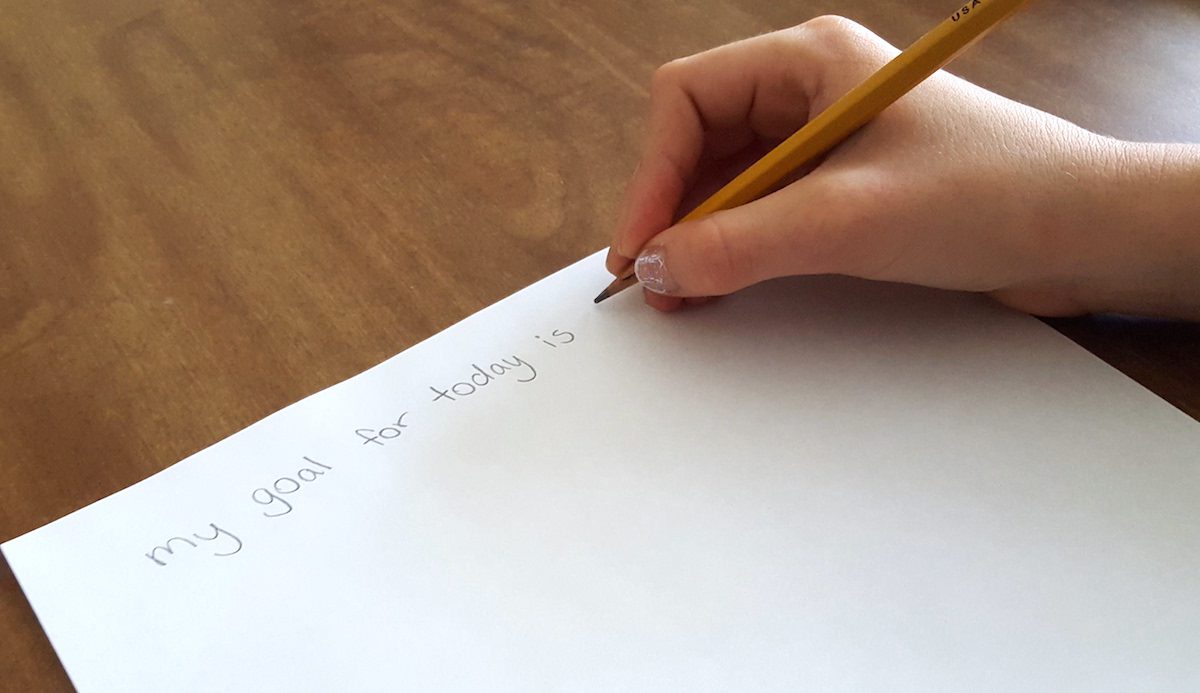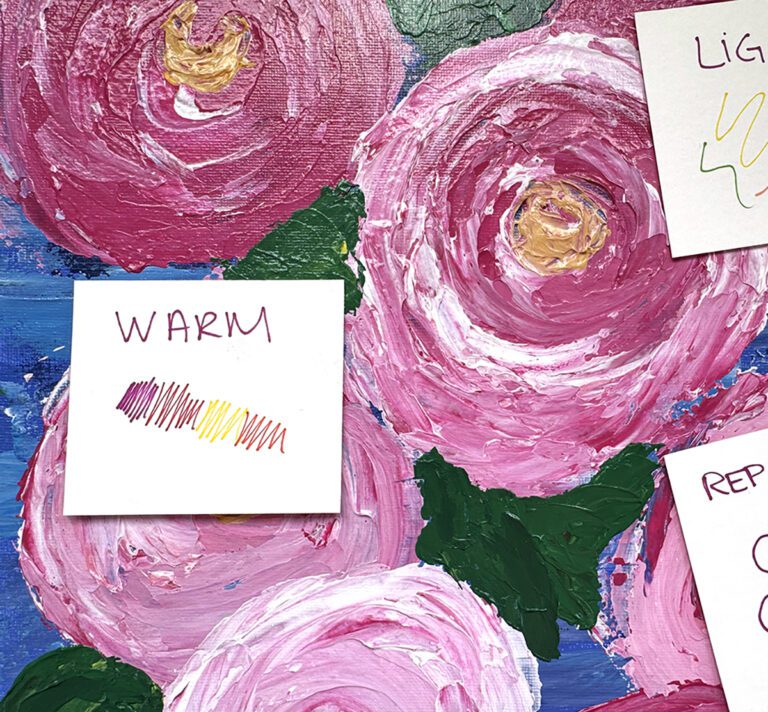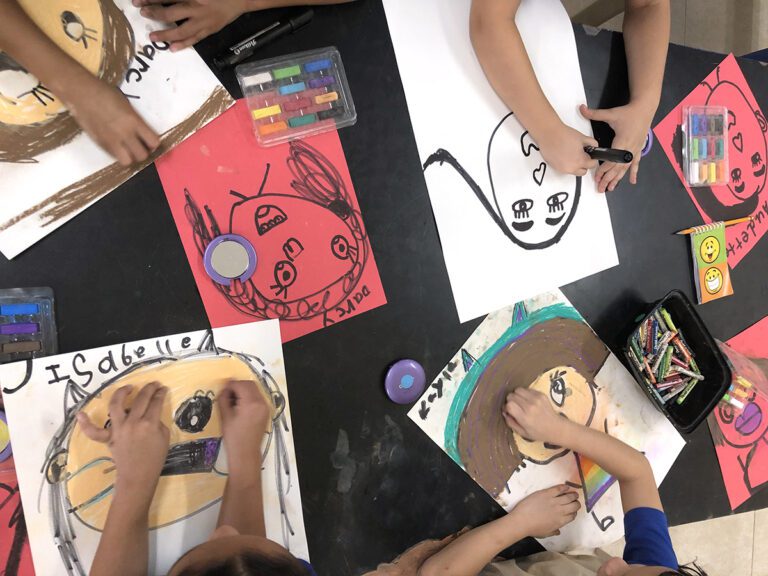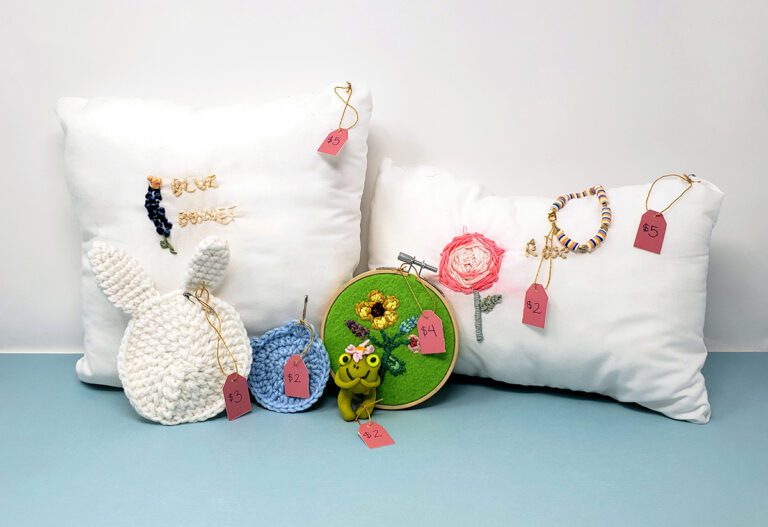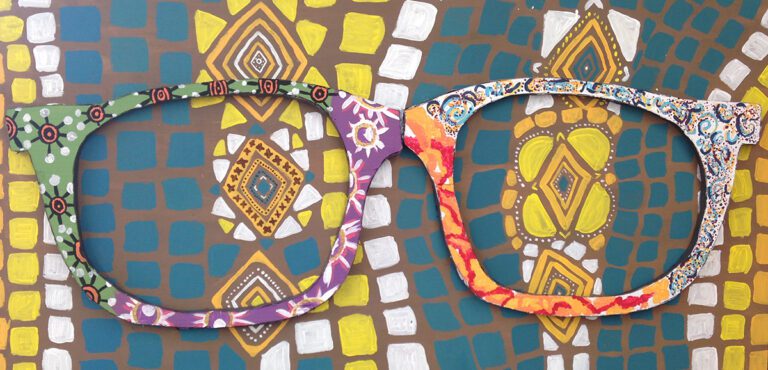Several years ago, I noticed my upper elementary students were struggling to complete their projects on time. They seemed more focused on talking and playing than on making their artwork and were getting distracted easily. Sound familiar?
This lack of focus was causing projects to take much longer than anticipated. I resolved to help my students learn to better manage their art-making time. I found a great solution in a simple strategy: Goal Setting.
Help students manage their time by setting goals in art.
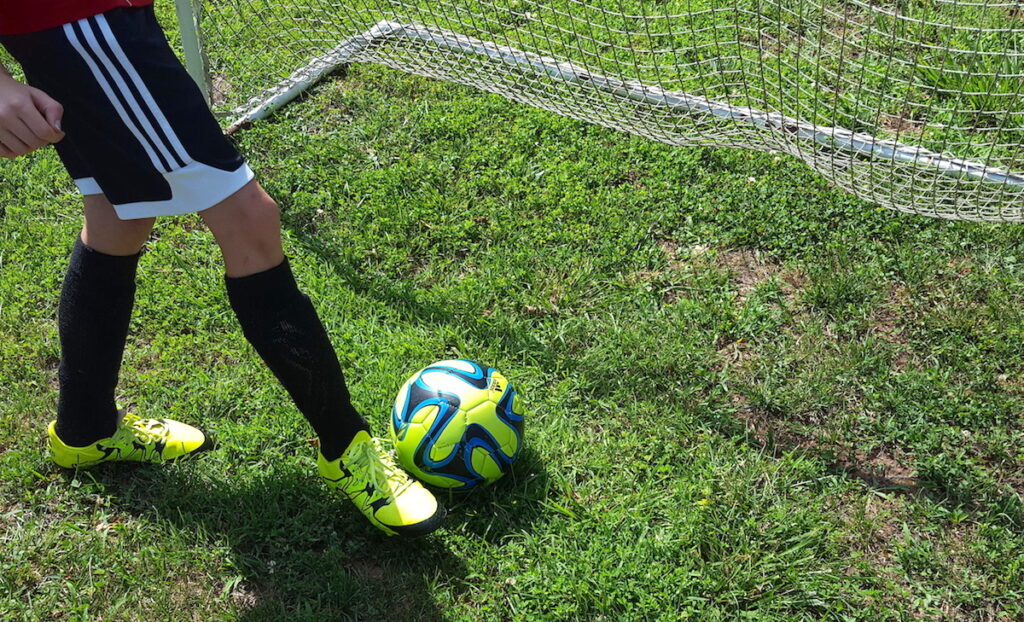
We all know that creativity does not adhere to a schedule. Students need to have time to experiment and develop ideas as they work. Artists work in many different ways and use many different timetables. Yet, time management is a valuable skill; one students struggle with in multiple areas of life. The most successful artists have a healthy balance of freedom and discipline, creativity and focus.
Why use this strategy with your students?
- It helps students be consistently more focused.
- Students learn to manage their time more effectively.
- Students develop goal-setting skills.
- It provides students an opportunity for reflection.
The strategy looks something like this:
First, I ask each student to begin each class period with a moment of reflection.
I pose the question, “What are your art-making goals for this class period?” Students take some time to write their personal goal in their sketchbook. This only takes a moment. When they are finished, they immediately get to work on their project.
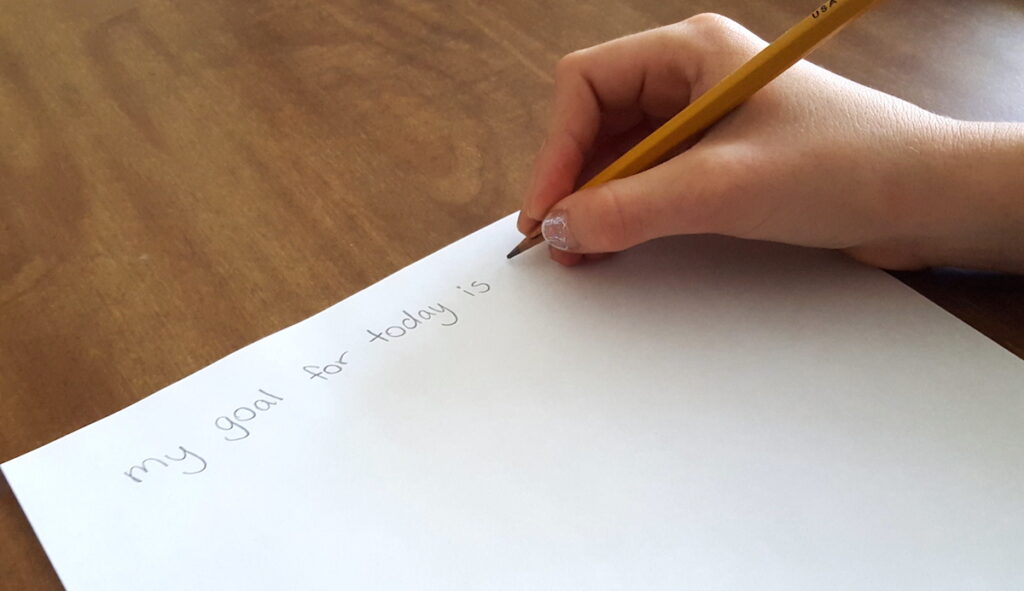
At the end of class, we revisit these goals.
Students read their goal and answer the following questions:
- Did you meet your goal?
- Why or why not?
- If your goal wasn’t met, what will you change next week to help you meet your goal?
Sometimes students do not meet their goal because it was too ambitious. Sometimes, it is because they were not focused on their work. Other times it may be because they ran into an unforeseen challenge in their work that took extra time. Whatever the reason, students reflect and write down their answers.
The next week, students reflect on the goals from the previous week and set a new goal.
Over time, students learn to set appropriate goals for themselves. They also can see how much they can accomplish when they stay focused on their work.
This strategy begins and ends with the students.
I do not tell them what their goals should be for the day. Students learn not meeting a goal is not a failure. It is a chance to reflect on their art-making and see if they can find ways to manage their time more effectively.
Students appreciate that they are in control of the goals. They decide what they think they can accomplish, and do not feel pressured by external forces.
This has been a game changer for my students. As the year progressed, my students learned to manage their time much more effectively. The vast majority of students were able to complete their assignments on time. In addition, they developed valuable goal-setting skills that will help them in many areas of their lives.
If you’re also looking to make the most of every day in the classroom, be sure to register for the Summer 2016 Art Ed Now Conference. AOE Founder, Jessica Balsley, will be speaking about how to start each day in a successful way. Walk away with tips about what successful teachers do to burst through the demands of the profession and elevate their careers.
What do you do to help students manage their time?
How do you help students reflect on their art making?
Magazine articles and podcasts are opinions of professional education contributors and do not necessarily represent the position of the Art of Education University (AOEU) or its academic offerings. Contributors use terms in the way they are most often talked about in the scope of their educational experiences.
